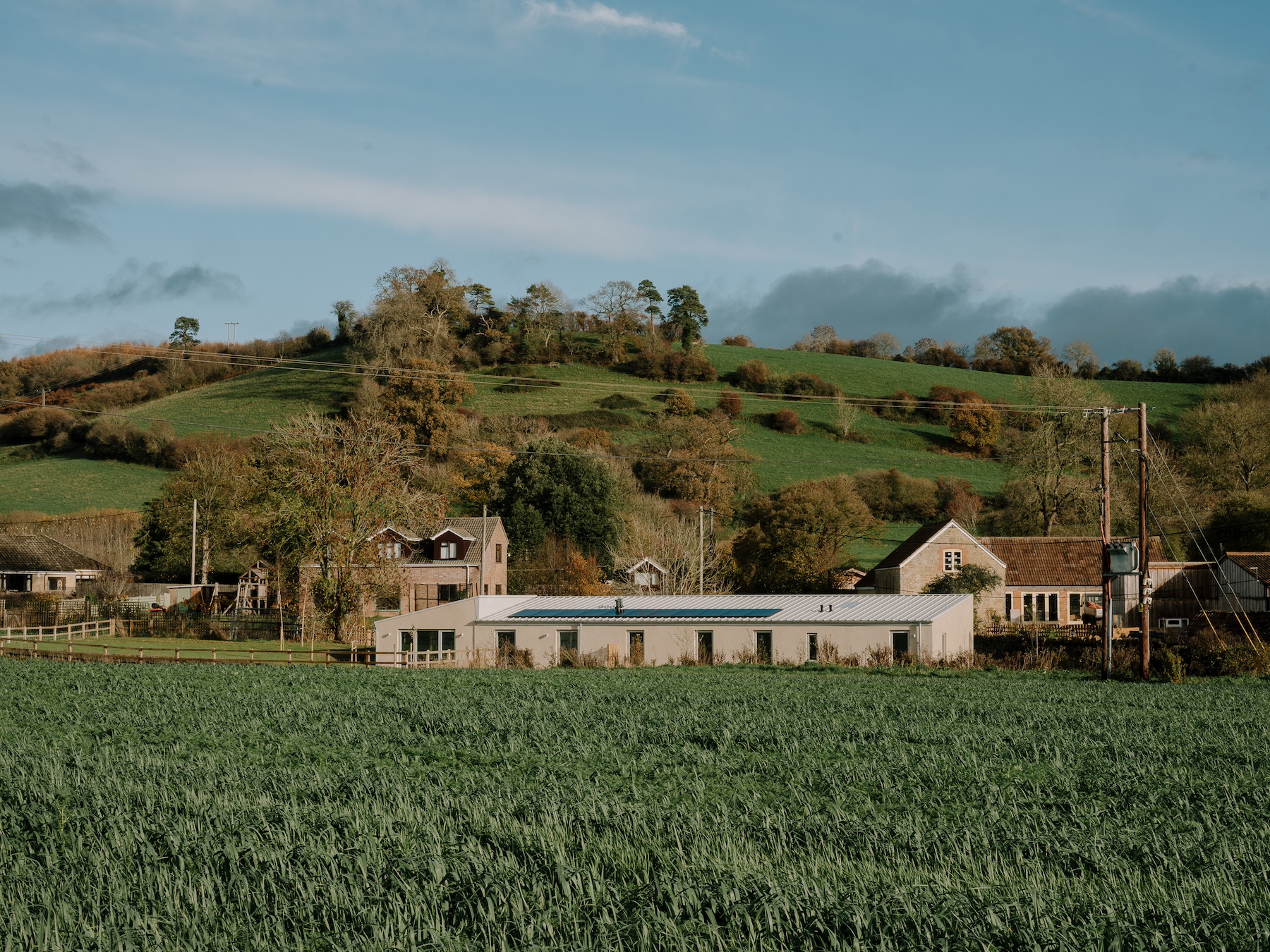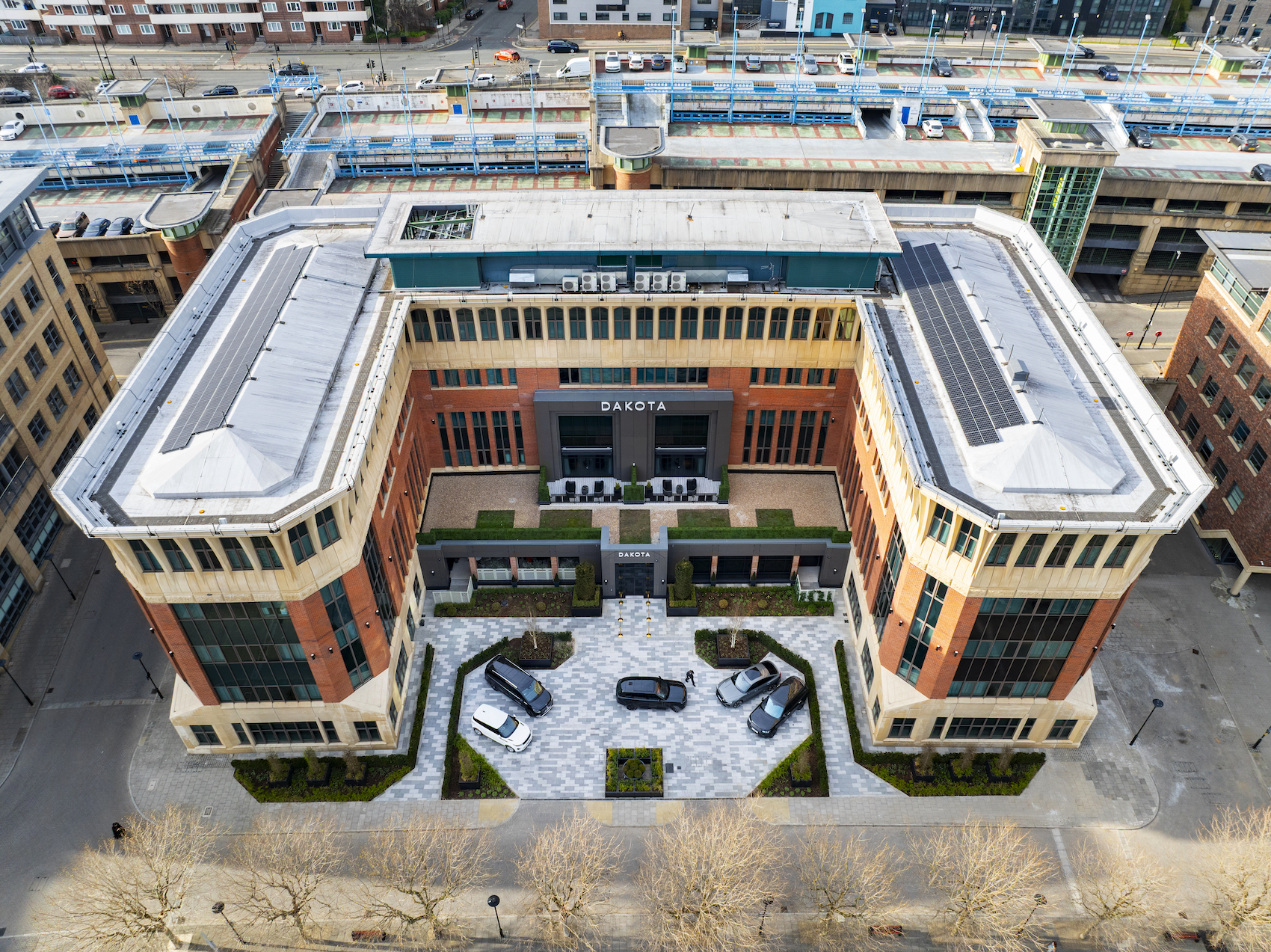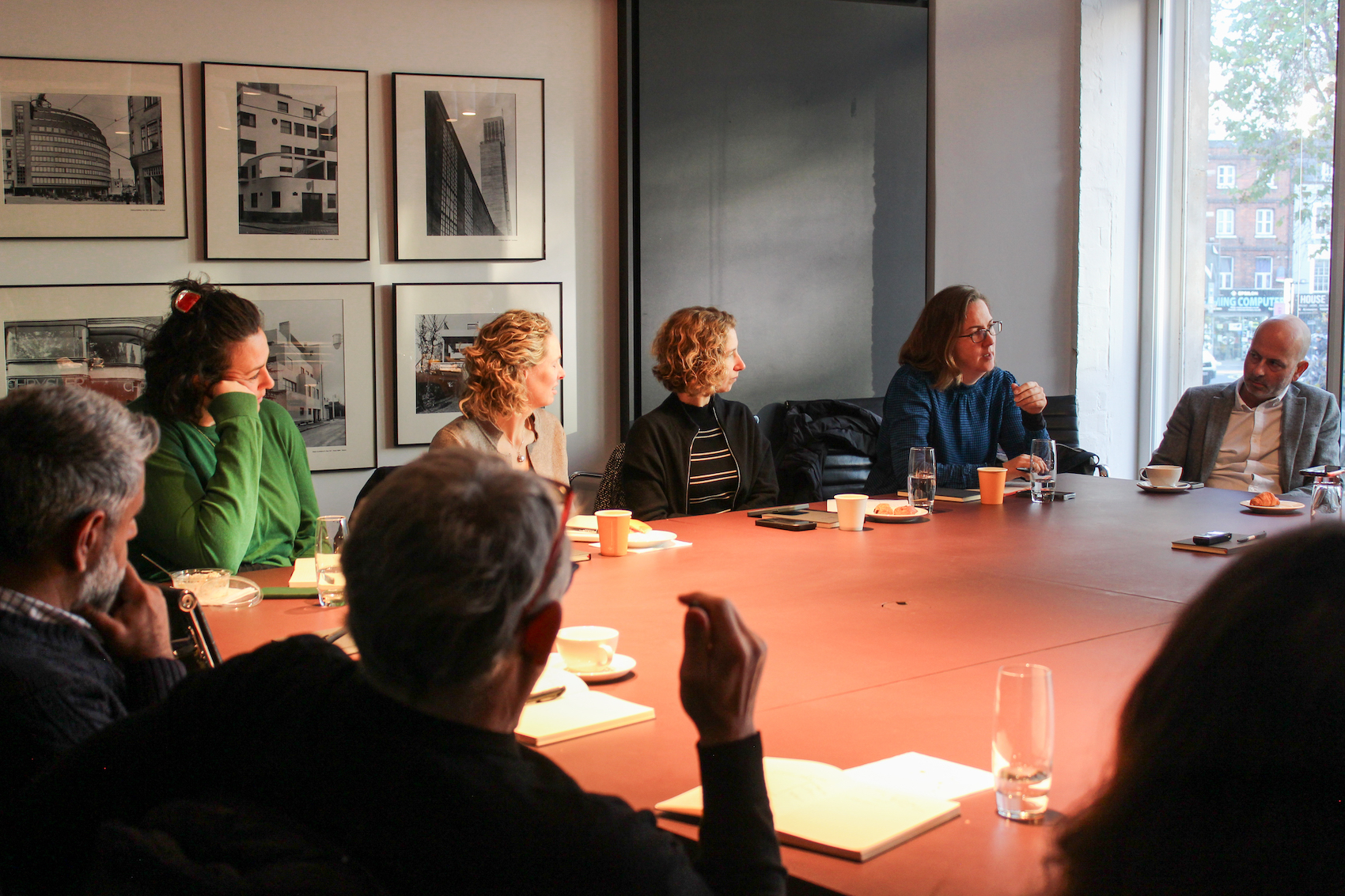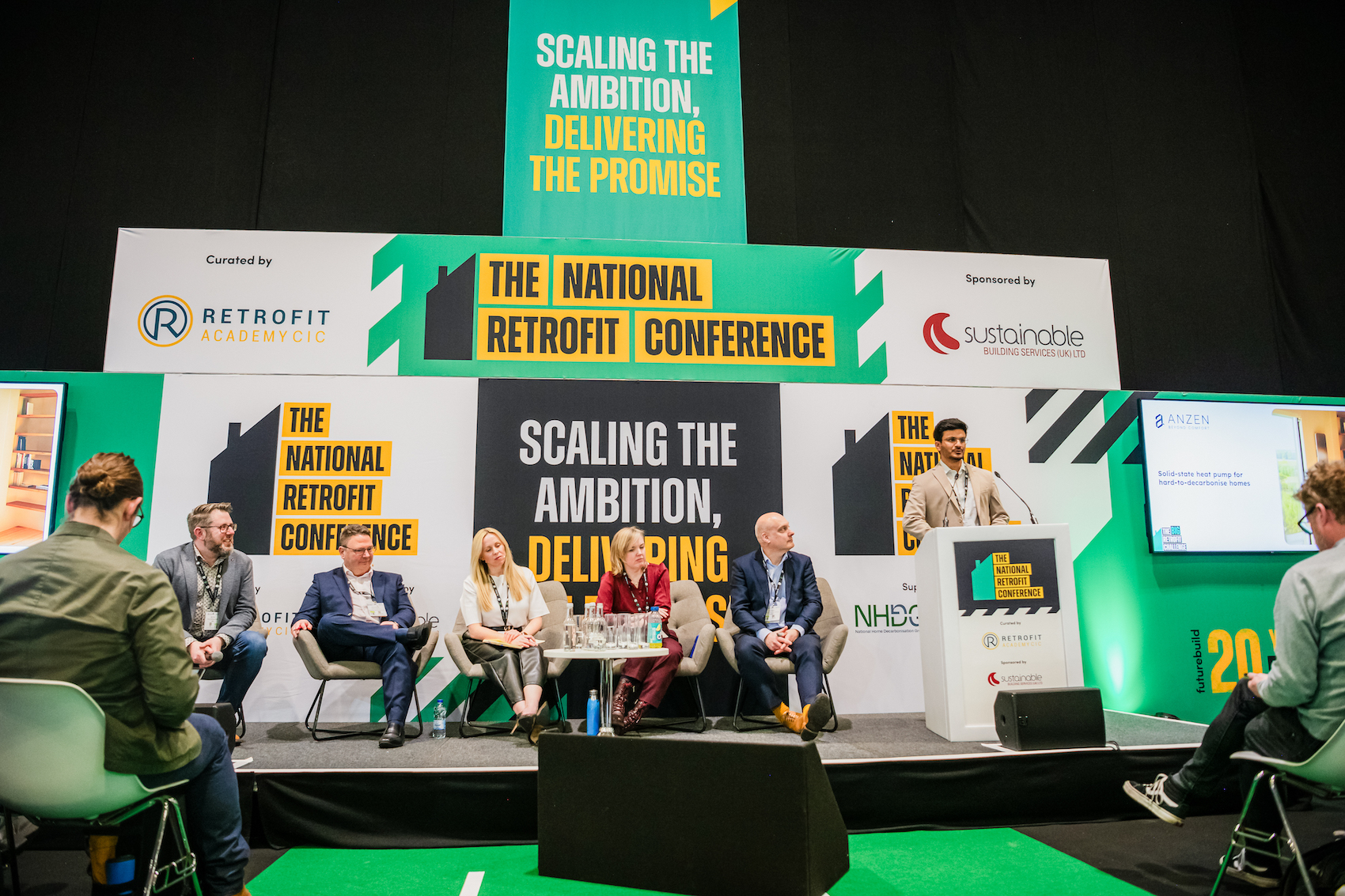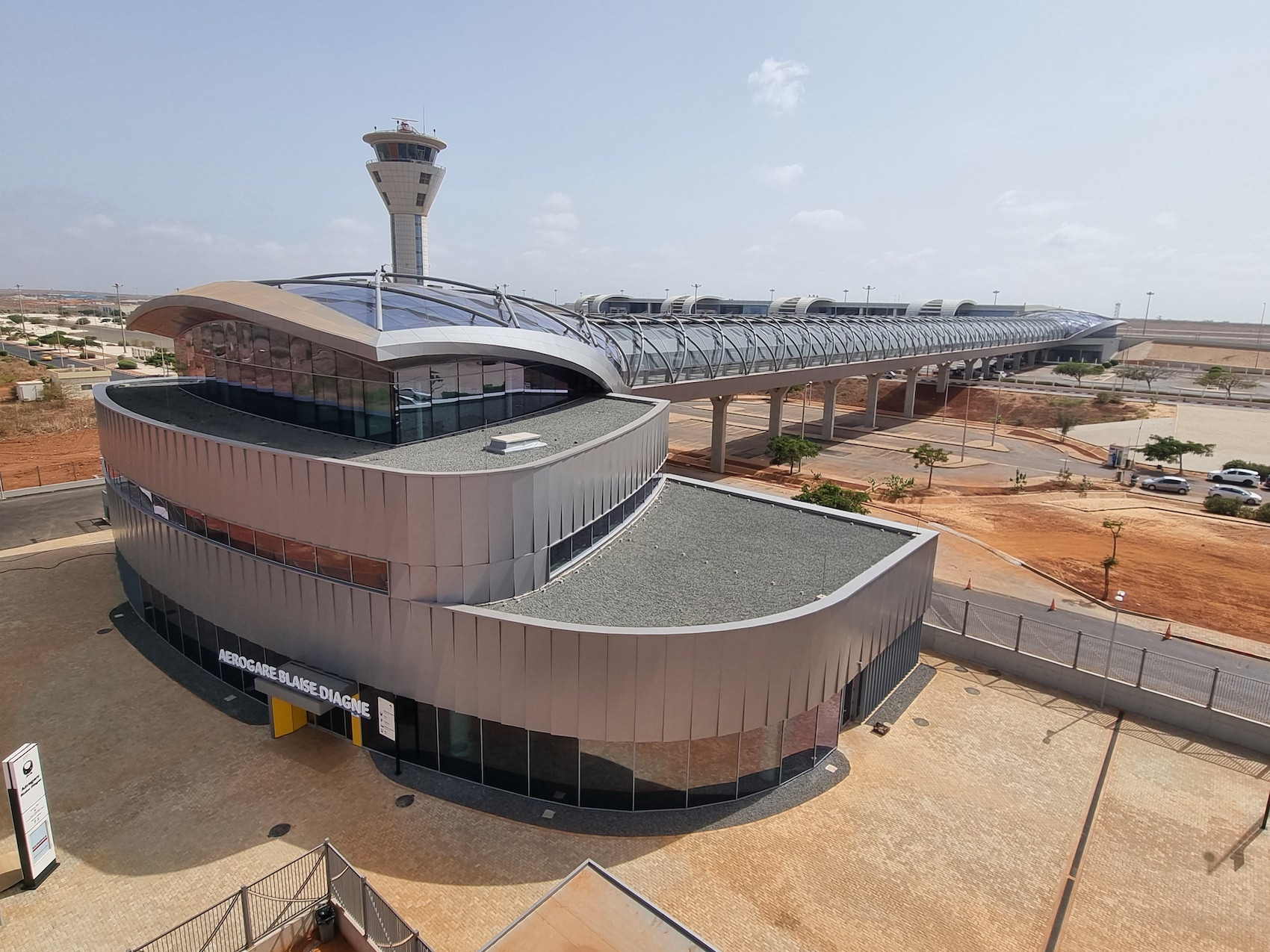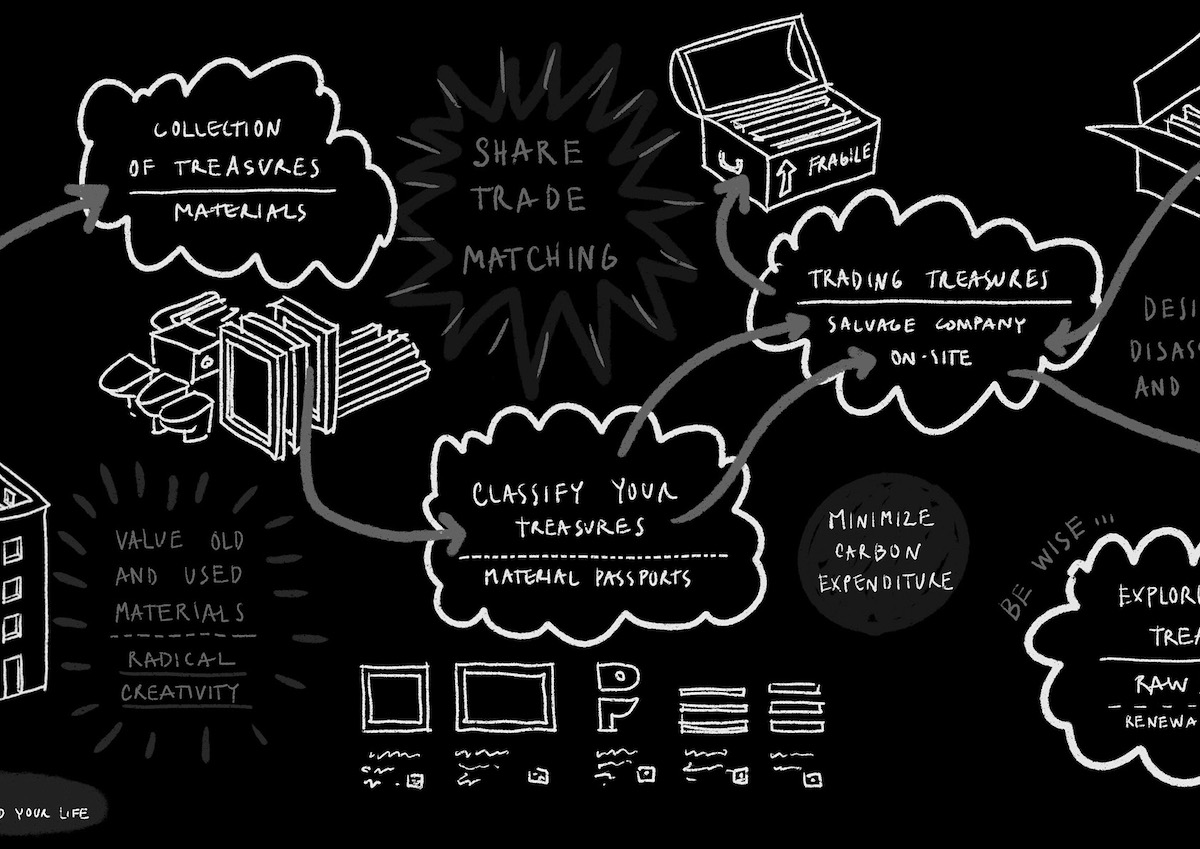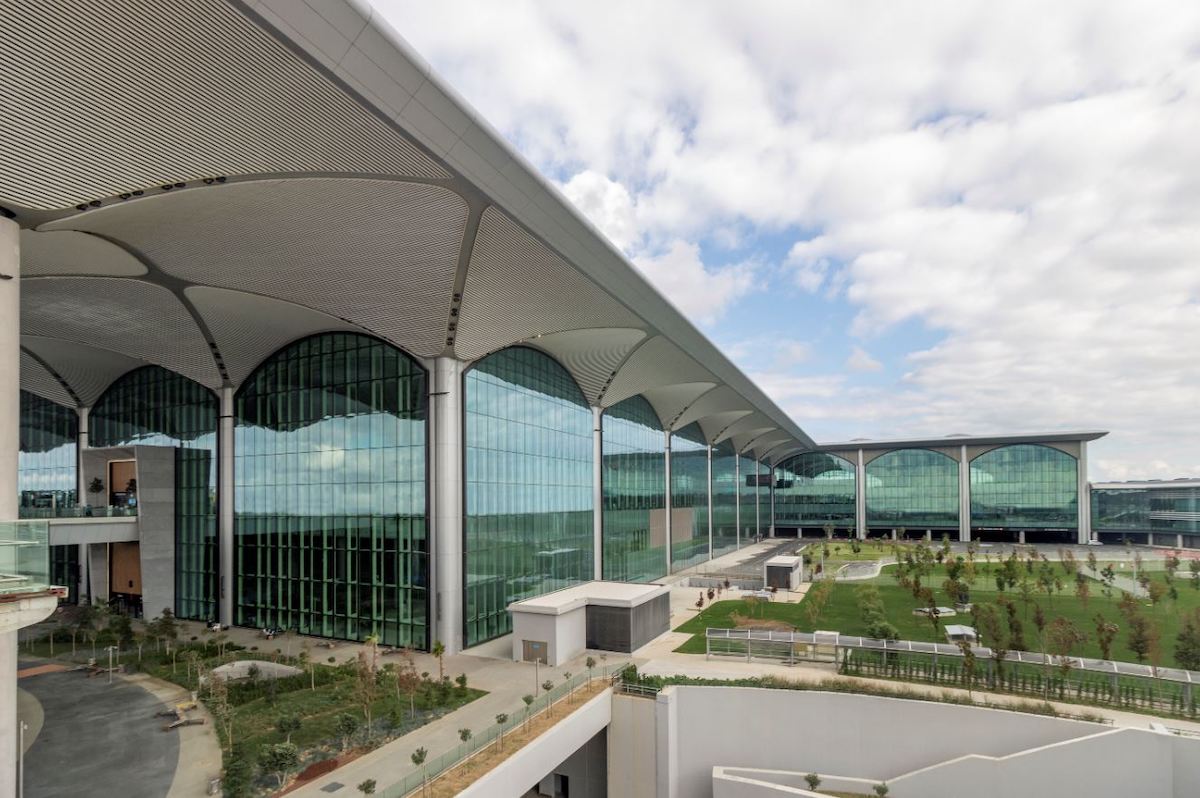Carmody Groarke’s transformation of a 1970s warehouse into a six-storey, demountable office scheme delivers a low-tech, low-carbon landmark for Bethnal Green.
Carmody Groarke has completed the retrofit and extension of a former textile workshop in east London. Once slated for demolition, the unassuming 1970s concrete-framed structure has been reimagined as ‘Galvanise’ — a bold, materially distinctive workspace for developer Unity Land. Located just metres from Bethnal Green underground station and occupying a narrow slice of land above a vent shaft for the Central Line, the site exemplifies the sort of tight, infrastructurally constrained plots typical of inner London.
The 2,200 square metre project retains the entire concrete frame and foundations of the existing structure, sidestepping the embodied carbon of demolition and deep new footings. “There are no new carbon-heavy foundations in the ground,” noted Kevin Carmody. “This is a perfect approach for Zone 2 London. Not quite a central London solution — but a robust and scalable one.”
Instead, the building has been strategically extended. A lightweight hybrid frame — combining a primary steel structure with a secondary Douglas fir timber grid — supports three new storeys above the original brick-clad base.
“A decade ago this building would’ve been all too easy to overlook,” added Andy Groarke. “This is an ambitious doubling of the building. It was an ugly duckling, but one that had the potential to be transformed with care and clarity.”
Clad in 3mm galvanised steel, the addition presents a striking presence on the street. Deeply profiled reveals and a combination of horizontal and vertical fins offer both solar shading and visual rhythm. Galvanising stops oxidisation and extends the lifespan of the steel, also giving the façade a unique spangled character.
Pronounced eaves and copings aid solar shading. Vertical fins manage winter sun; horizontal fins deal with the summer.
Set among the patchwork grain of East London — a streetscape shaped by speculative infill and post-war rebuilding — the project acknowledges its layered context. “This is an emerging ad-hoc condition,” reflected Groarke who added how the site recalls parts of Manhattan, especially the Judd Foundation on Spring Street — skinny-framed, modest buildings repurposed for a new civic life.
Internally, the architecture is deliberately low-tech. Free-spanning floors offer flexibility for modular fit-outs, while original concrete beams remain exposed at the second level, where the new structure takes over.
“We made this as low-fi, as low-tech as possible,” said Wren. “Every element can be removed or adapted. All the fixings, even on the façade, are bolted for easy disassembly.”
Mass timber columns and beams — sized at 200x200mm — support the new structure. The timber, supplied unfinished, will continue to age naturally and the cracking seen in these timbers is “normal and safe,” explained Carmody. These beams can be removed as well, so if a tenant wants to add a staircase or open a void, they can do so easily.
“We introduced very few castellations in the steel — the whole thing is designed for disassembly. The timber will still be good in 30 to 40 years,” added structural engineer Nina Heavyside, a director at Davies Maguire.
The project’s environmental strategy combines passive and active measures. In addition to the structural reuse and bolted construction, insulation and glazing have been optimised for energy performance, while services rely on electric and renewable energy sources.
At street level, the building’s ground floor has been radically opened up. Previously bricked-in, it now accommodates commercial units and a more generous entrance sequence. “We wanted to make the ground floor a better space to walk around,” said Wren. “And the client was adamant that even the party wall should be glazed.” A green-painted stairwell, cycle storage, showers, and changing facilities reinforce the building’s active travel ethos.
For client Unity CEO Danny Ungar, the project is a long-term investment in place and possibility. “The area is not ready for this building,” he admitted. “We spent a lot of money on this scheme [and it] will take many years before it’s successful, but that’s okay.”
Credits
Architect
Carmody Groarke
Client
Unity Land
Structural engineer
Davies Maguire
Services engineer
Webb Yates
Façade consultant
Harry Montresor
Quantity Surveyor
Cumming Group
Planning consultant
DP9
Acoustic Consultant
Cass Allen
Ecology Consultant
Temple
Fire Engineer
Norman Disney Young
BREEAM
PES
Party Wall
Delva Patman Redler
Principal Designer
PFB
Galvanizing Plant
Joseph Ash














